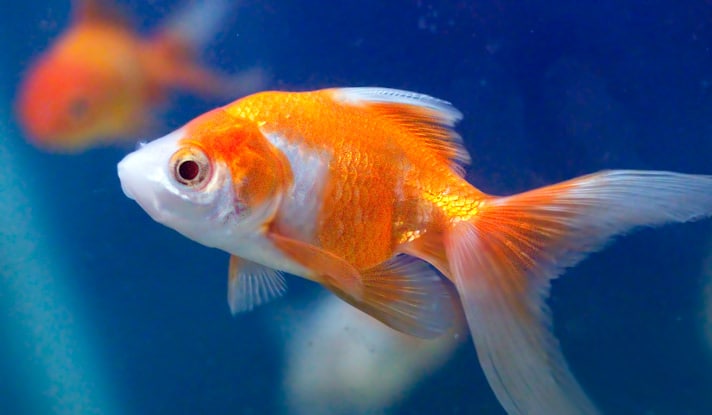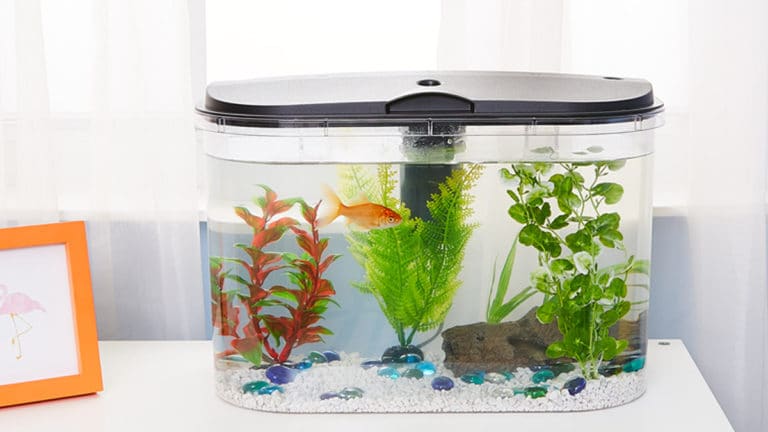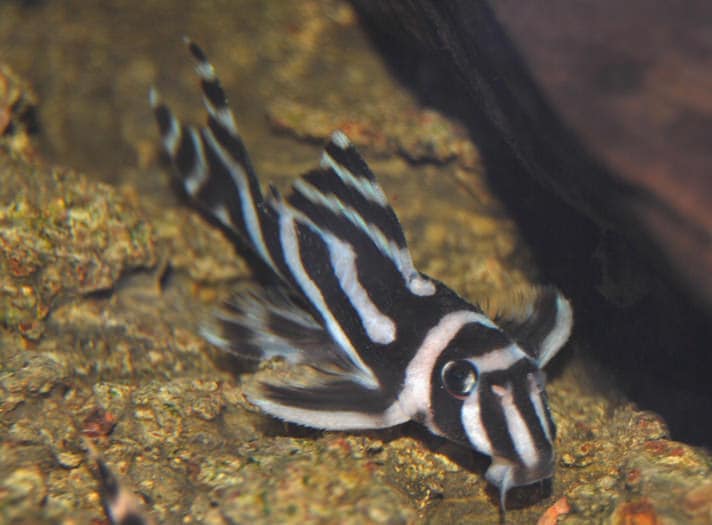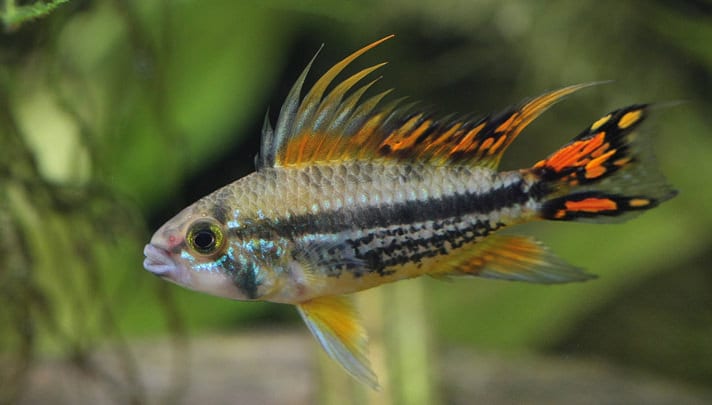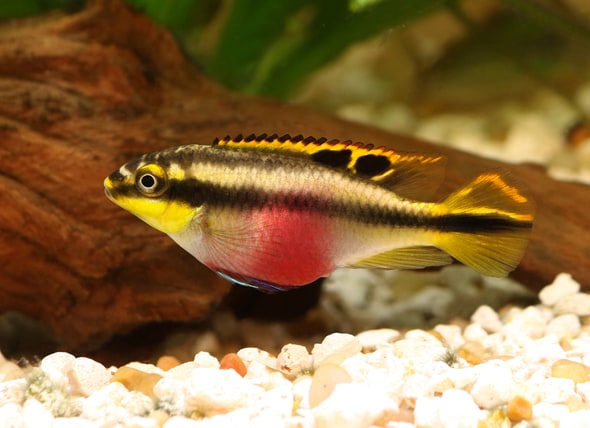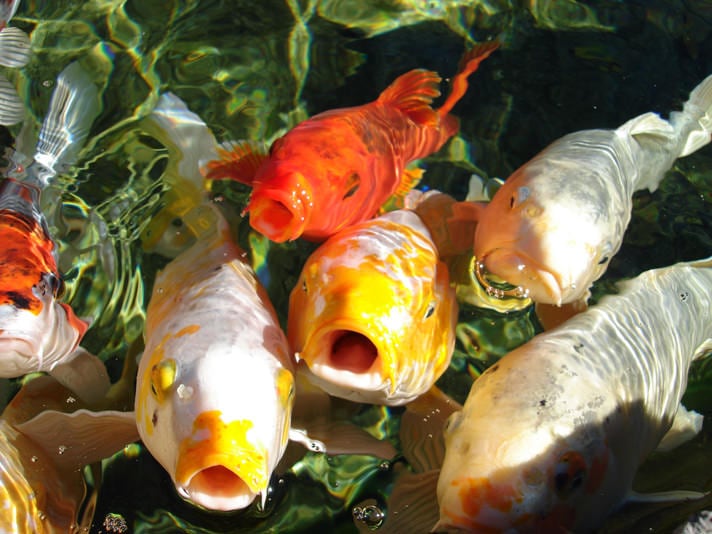Q.
I just bought two fantail goldfish and I am interested in breeding them if possible. There is one problem: I cannot tell if they are a male and female pair, or if they are the same sex. The pet store employees cannot tell either. Is there some way to distinguish a male from a female goldfish?
A.
I agree. Having only two fish, wanting to breed them and not knowing if you have a male and a female can make things difficult. With some practice, however, you should be able to separate males and females fairly reliably. Let me offer some tips.
First, it helps greatly if the fish are already mature, or at least more than one year old. I am sorry, but no one I know can reliably sex young goldfish. If you are selecting from a stock of young goldfish, then I suggest you buy a half dozen good specimens of the same variety and let statistical odds work for you. (You will have a 98-percent probability of having at least one fish of the opposite sex.) Ideally, for reliable breeding you would like to have several good quality males and one female.
As goldfish mature, some subtle external differences emerge and this makes it much easier to separate the boys from the girls. Look at the pectoral fins. The first ray of males tends to be thicker and longer than those of females of the same age. When viewed from above, males tend to be smaller and thinner than females of the same age. This assumes, of course, that the fish are receiving quality care — good water quality, good fish food and so on.
The anal opening of a male goldfish tends to be smaller and more oval than that of a female goldfish. The anal opening of a female goldfish also usually projects slightly from the body. As breeding time approaches these differences are more pronounced.
Of course, the easiest way to sex goldfish is to let them tell you directly. As breeding time approaches, male goldfish will develop small, light-colored bumps on the first ray of their pectoral fins and on their opercula (gill covers).
Too often, hobbyists mistake these breeding tubercles as signs of a bacterial or parasitic infection. They bombard their fish with all kinds of fish drugs, and then pat themselves on the back when the disease signs clear up. What they did, however, was to actually stress their fish so severely that its healthy breeding condition was destroyed!
At breeding time, female goldfish get plump, especially along the bottom and sides of the abdomen. Sometimes the swelling is asymmetrical, bulging more on one side. (Here again some hobbyists assume this is a sign of dropsy — an internal bacterial infection — and begin drug treatment that is both purposeless and harmful.)
Once spawning starts, the mystery is over. The males will chase the female around the outdoor pond or fish aquarium, attempting to push her against the side and into any plants that might be around.
Keep in mind that goldfish of any variety can and do interbreed. Comets and shubunkins do not know they are not supposed to breed with bubble eyes and lionheads. So if you want to maintain a pure strain of goldfish, do not mix varieties in the same pond or aquarium.
If you want more detailed information on goldfish breeding and want to share the experiences of other hobbyists, I suggest you join the Goldfish Society of America (P.O. Box 54502, Tulsa, OK 74155).
Posted by: Chewy Editorial
Featured Image: C Watts/Flickr
Share:
